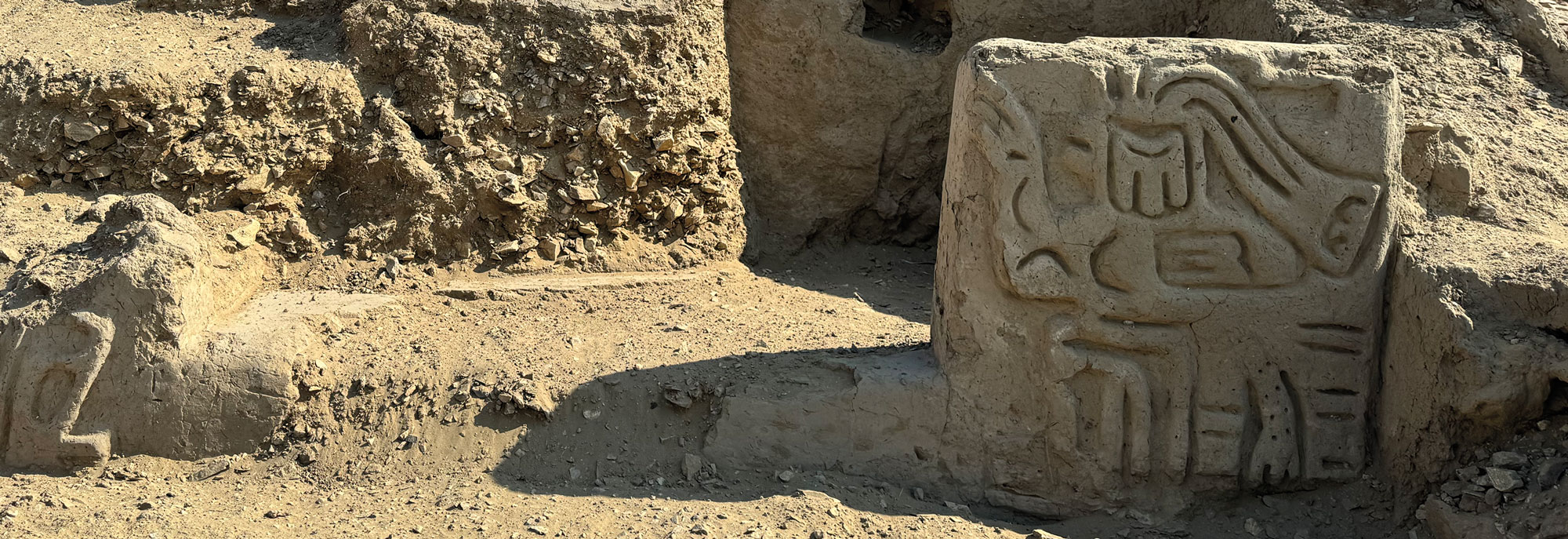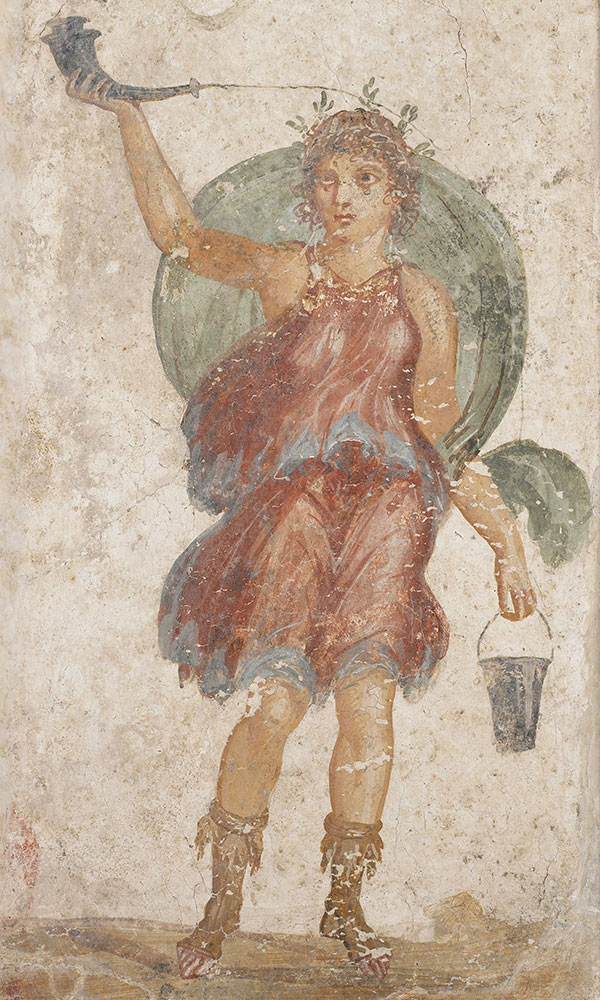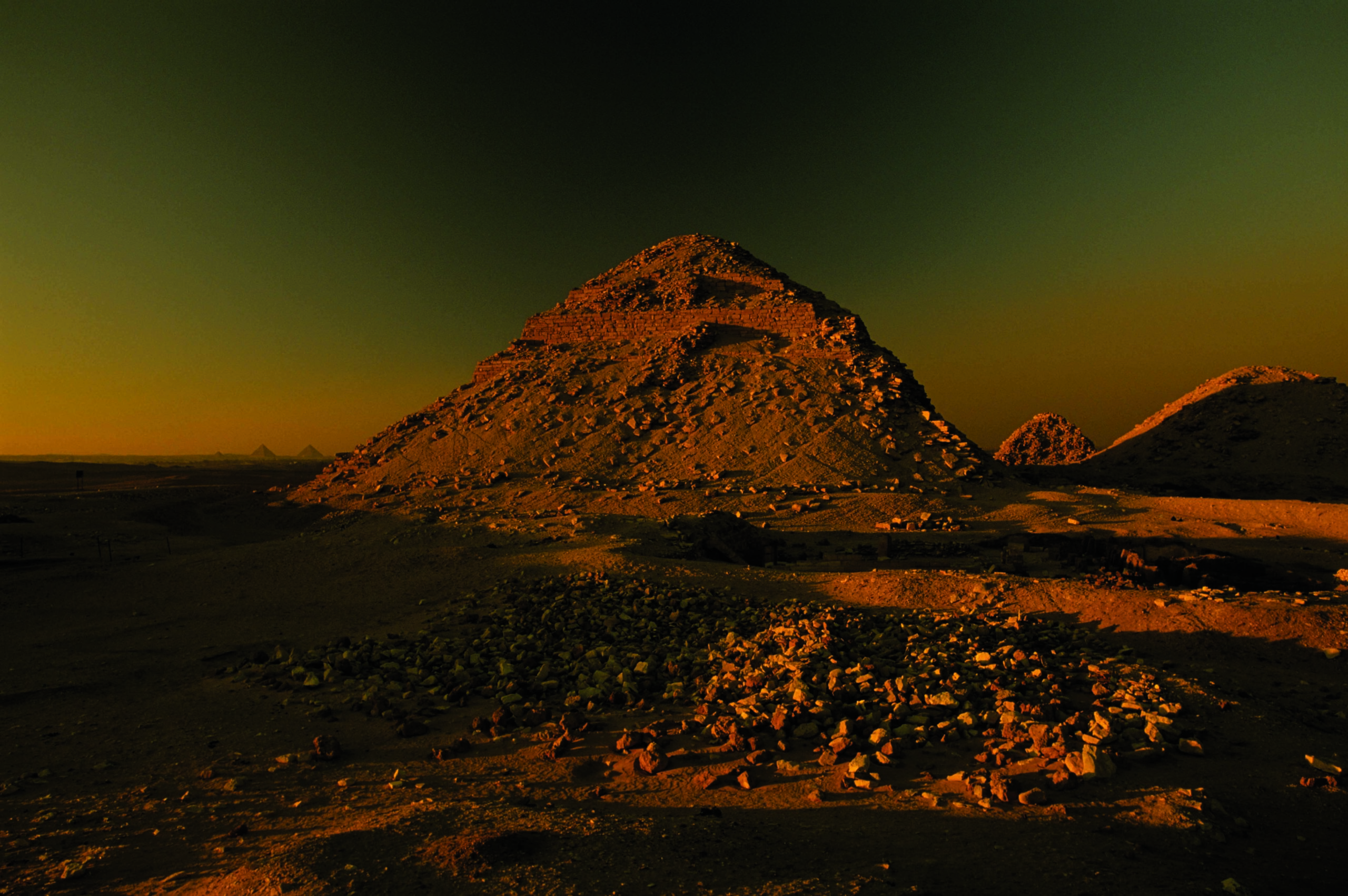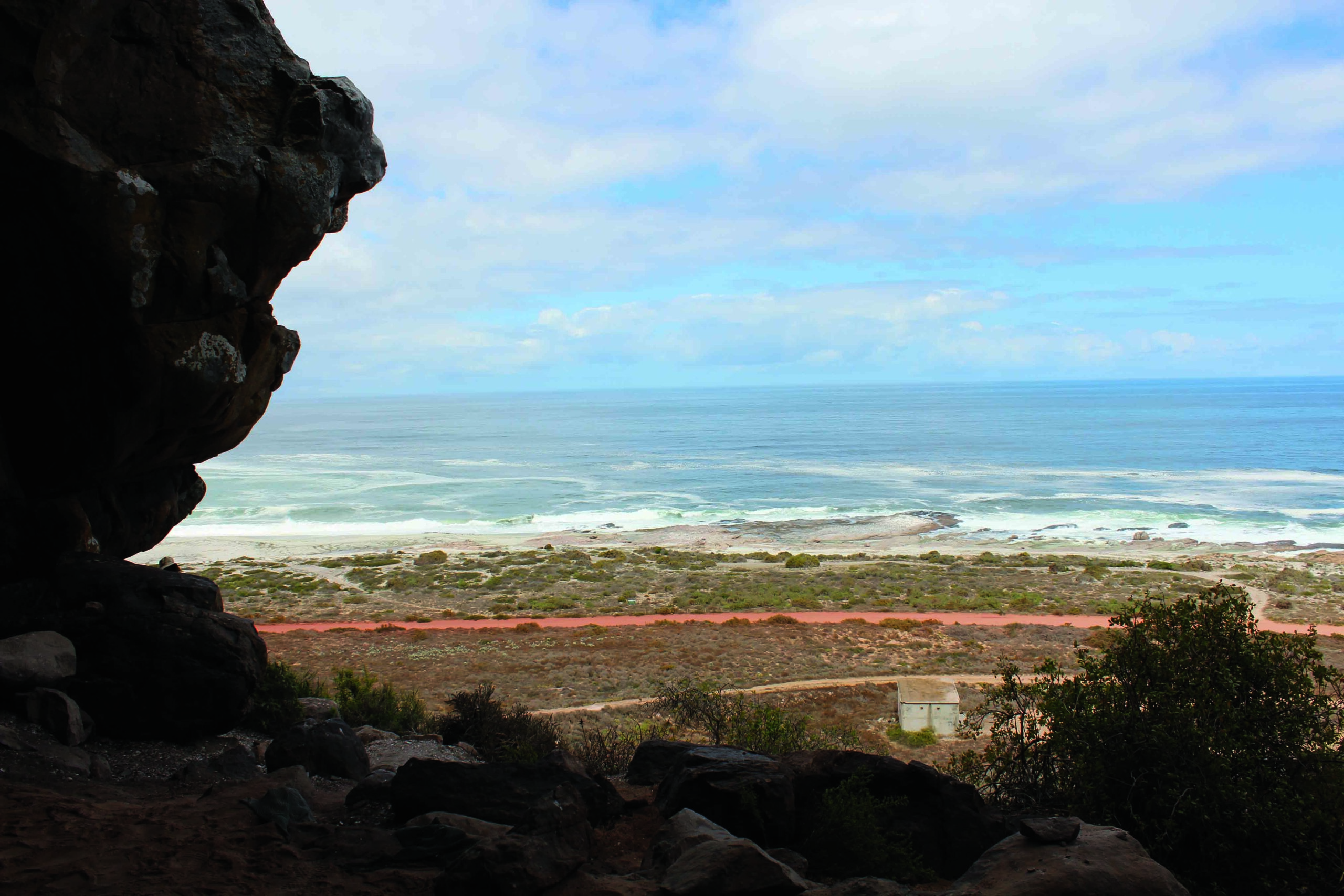
NASHVILLE, TENNESSEE—According to a statement released by Vanderbilt University, people living some 6,000 years ago at Huaca Prieta, a site near the shores of northern Peru, and people living at Paredones, about a half mile inland, consumed distinct diets. Researchers Tiffiny Tung, Larisa DeSantis, Tom Dillehay, and Rebeca Webb Wilson analyzed carbon and nitrogen isotope ratios from the collagen extracted from the teeth of 21 individuals buried at Huaca Prieta and nine individuals from Paredones. The study suggests that the people at Huaca Prieta ate a marine-based diet, while people at Paredones ate mostly meat and maize. Wear from eating maize ground with stones can be seen on teeth from Paredones individuals, DeSantis added. Employing varying food sources encouraged the development of specialized technologies and methods of distribution. But, the researchers explained, these differences generated opportunities for the two groups to exchange products and ideas with each other to their mutual benefit. To read about 5,800-year-old fabrics from Huaca Prieta that were dyed with indigo, go to "Blue Collar in Ancient Peru."











